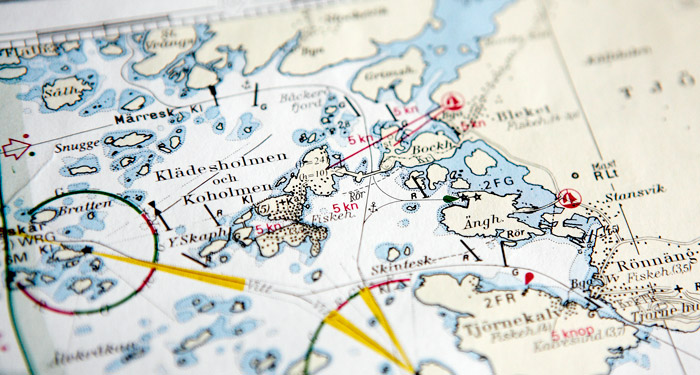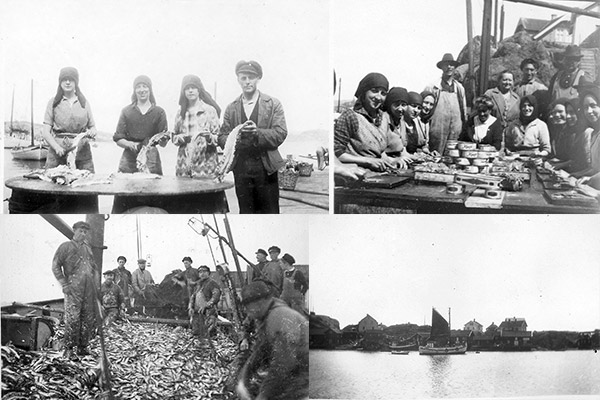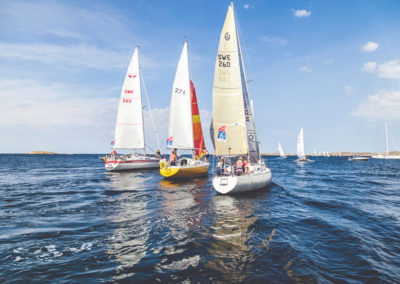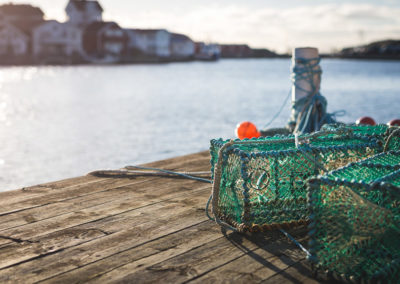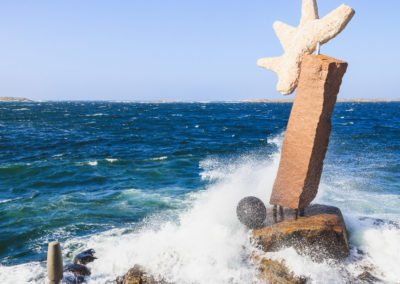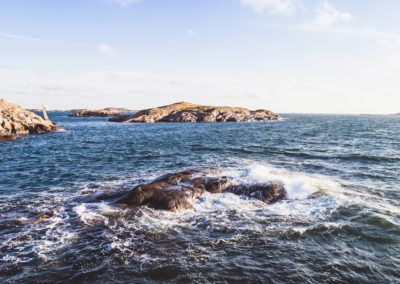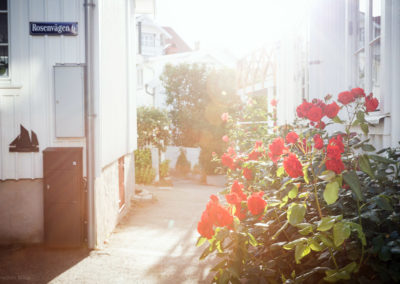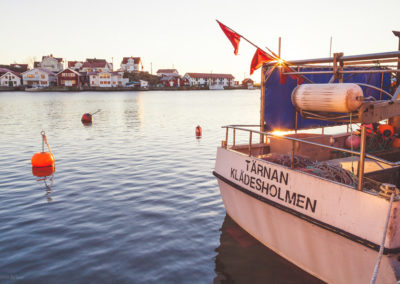Klädesholmen today
The community Klädesholmen, with a bridge connection from Tjörn, is today a place that is loved by many for its unique, dense building of smaller wooden houses and small narrow alleys. The number of year-rounders has obviously declined over the years – but in the summer people come from all over Sweden to enjoy the sun, salt bath, good food and boating. By own boat or ferry, you will quickly reach many other islands with a fishing background such as Åstol. There is much to experience at Klädesholmen and not least other parts of Tjörn.
Klädesholmen then
The 16th century herring period was the first with greater economic significance for Bohuslän. When the bishop Jens Nilsen made his visit in 1594, it had just ended. At that time the Central port for herring trade and export was Marstrand, and it is easy to understand what significance this had for Klädesholmen, as the nearest fishing village.
The great herring period between 1748-1808 is fundamental in the development of Klädesholmen. At most, nearly 1000 people lived on this small island. There were huge quantities caught. In only a year in the 18th century, around 250,000 tonnes of herring could be collected – as much as the entire Swedish fishing fleet fished in the mid-1960s.
47180 Skärhamn
Tel 0304-60 10 16, Fax 0304-60 10 19
E-mail: turistbyran@tjorn.se
Opening hours
Monday – Thursday 8.00-19.00
Friday 8.00-17.00
Saturday – Sunday 11.00-15.00
Tjörn runt
https://idrottonline.se/StenungsundsSS-Segling/tjornrunt
Society Day, Klädesholmen
Klädesholmen herring museum
www.kladesholmen.com/?page_id=770
Pater noster
www.paternoster-fyren.com
Nordiska akvarellmuseet – Skärhamn
www.akvarellmuseet.org
Salt & sill
www.saltosill.se
Restaurang Vatten – Skärhamn
restaurangvatten.se
Åstols rökeri
www.astolsrokeri.se
Visiting address: Strandgatan 12B, 471 51 Klädesholmen. For more information visit the website.

